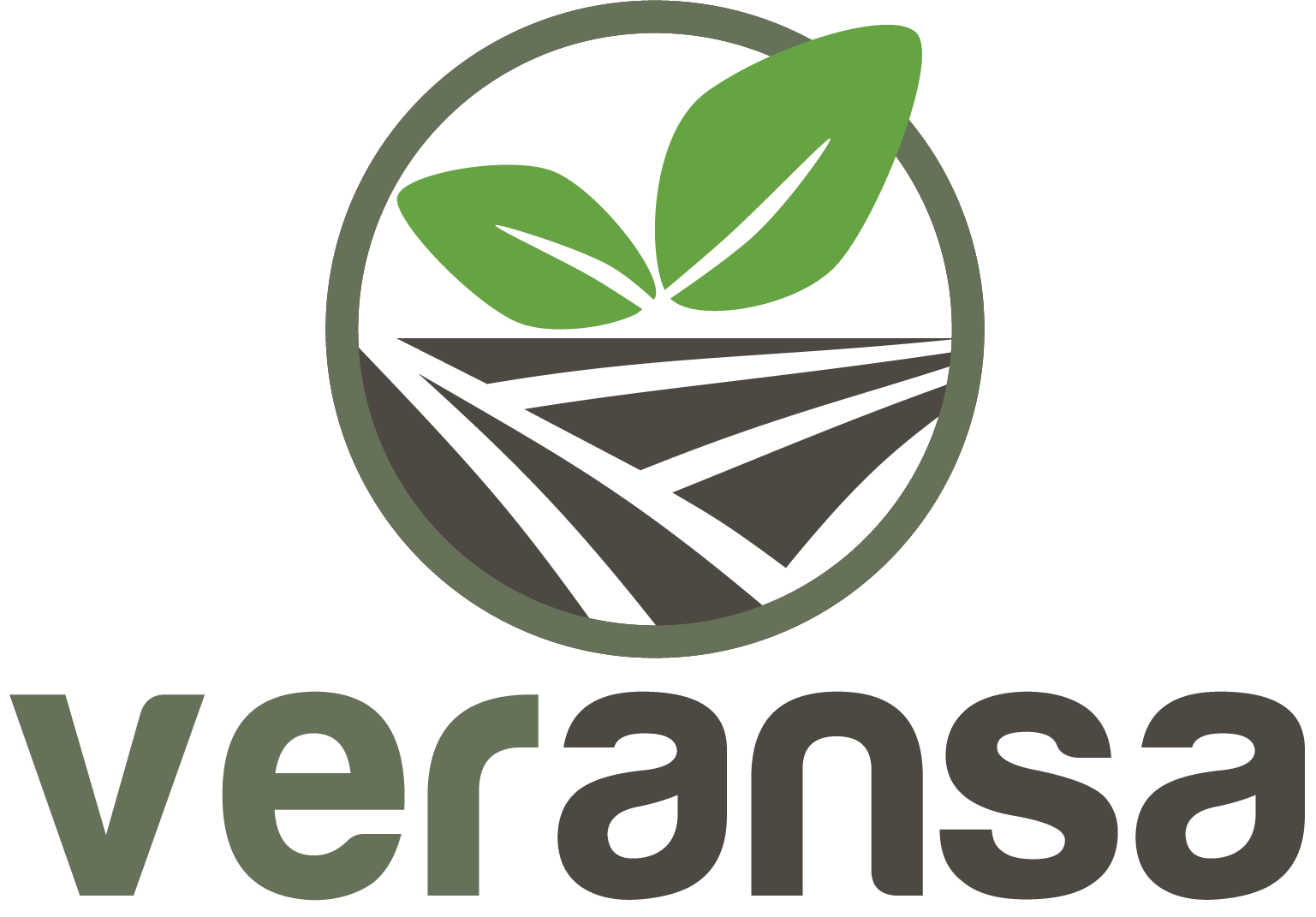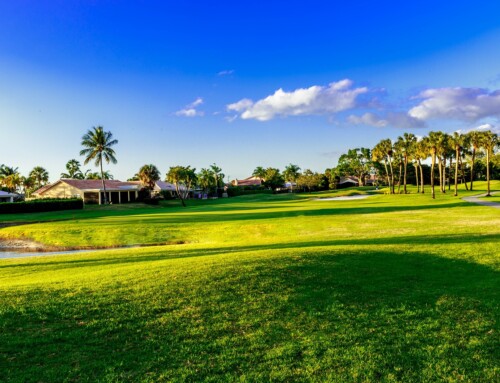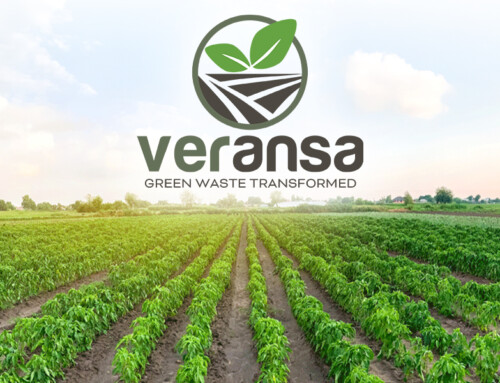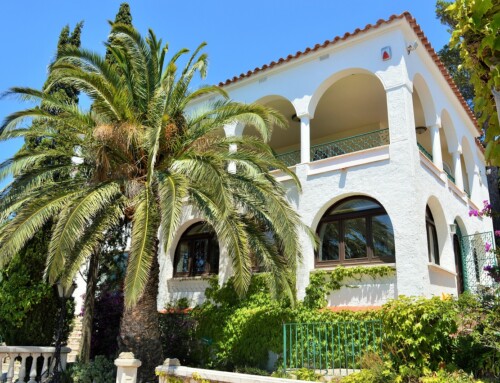Most people think of the soil under our feet as common and plentiful, but the soil is a lot more fragile than we imagine. Less than 8 percent of the earth’s surface provides the soil we rely on for food, but the soil is in danger. Topsoil is utilized to cultivate 95 percent of our food, but it is being depleted ten times faster than it is being replaced. Healthy soil is an intricate ecosystem: a complex blend of minerals and organic matter comprised of air, water, and many forms of life. Worms and 50,000 additional microorganisms work together to keep the soil habitat healthy and productive, ranging from sandy soils along the coast to balanced loam across our agricultural farmlands. But human intervention is undermining the delicate balance, leaving one-third of the planet’s soil in a degraded state.
What is Soil Degradation?
Soil degradation occurs when the soil loses the physical, chemical, or biological characteristics that support the diversity of life. Although a natural process, societal “progress” such as pollution, deforestation, and development are accelerating the process. Farming and urbanization cause soil compaction, which forces the air out of the ground and blocks it from absorbing water, making it susceptible to erosion.
In farming, the excessive use of pesticides lowers the ability for biodiversity to thrive. Nitrogen fertilizer, which is commonly utilized, accelerates the breakdown of organic matter, which can starve the microbial populations out of existence. Some modern farming techniques – especially monoculture – have damaged the soil it needs to grow crops successfully. While beneficial in many ways, plowing can also be detrimental to soil as it can dry out the ground and speed up the erosion process. Even irrigation, when not done properly, increases the amount of salt in the soil, adversely impacting biodiversity, water quality, and land productivity.
This matters because, without healthy soil, we cannot survive. Healthy soil supports and produces healthy crops, but it also filters our drinking water and captures harmful carbon dioxide. But when the soil is damaged, water supplies are disrupted, food production suffers, and more carbon is released into the atmosphere.
What is Being Done to Amend the Topsoil?
How can we save the local Florida soil? Strategies to minimize and even reverse the damage done are dependent on changes in agricultural practices, which is beginning to happen on many farms. Regenerative agriculture, which includes crop rotation and cultivating complementary crops in the same field, can support the quality of the soil and even restore degraded soil to better health.
Responsible, eco-friendly companies are also working to produce high-quality, organic soil products that restore and rejuvenate the soil one field at a time. One such company is the Veransa Group, which recycles green, yard, and wood waste into nutrient-rich topsoil, compost, mulch, and turf – while keeping these organic materials out of landfills.
Veransa’s quality topsoil is more than dirt; it’s an essential component of healthy, thriving crops and plants. The composition of the topsoil encourages vigorous plant growth, enhances soil structure, and improves the soil’s moisture retention. Veransa®‘s Soil Blends are thoughtfully created to elicit the best out of gardening and landscaping, whether residential or commercial. These soil blends provide a mix of nutrient dense organic matter, developed sustainably.
We invite you to explore Veransa’s line of soil remediation products. If you have any questions about which type of soil amendment is right for your farm or garden, speak with one of our professional team members for recommendations and advice.
It’s up to all of us to take steps to preserve and improve our soil quality – the Veransa Group can help.



